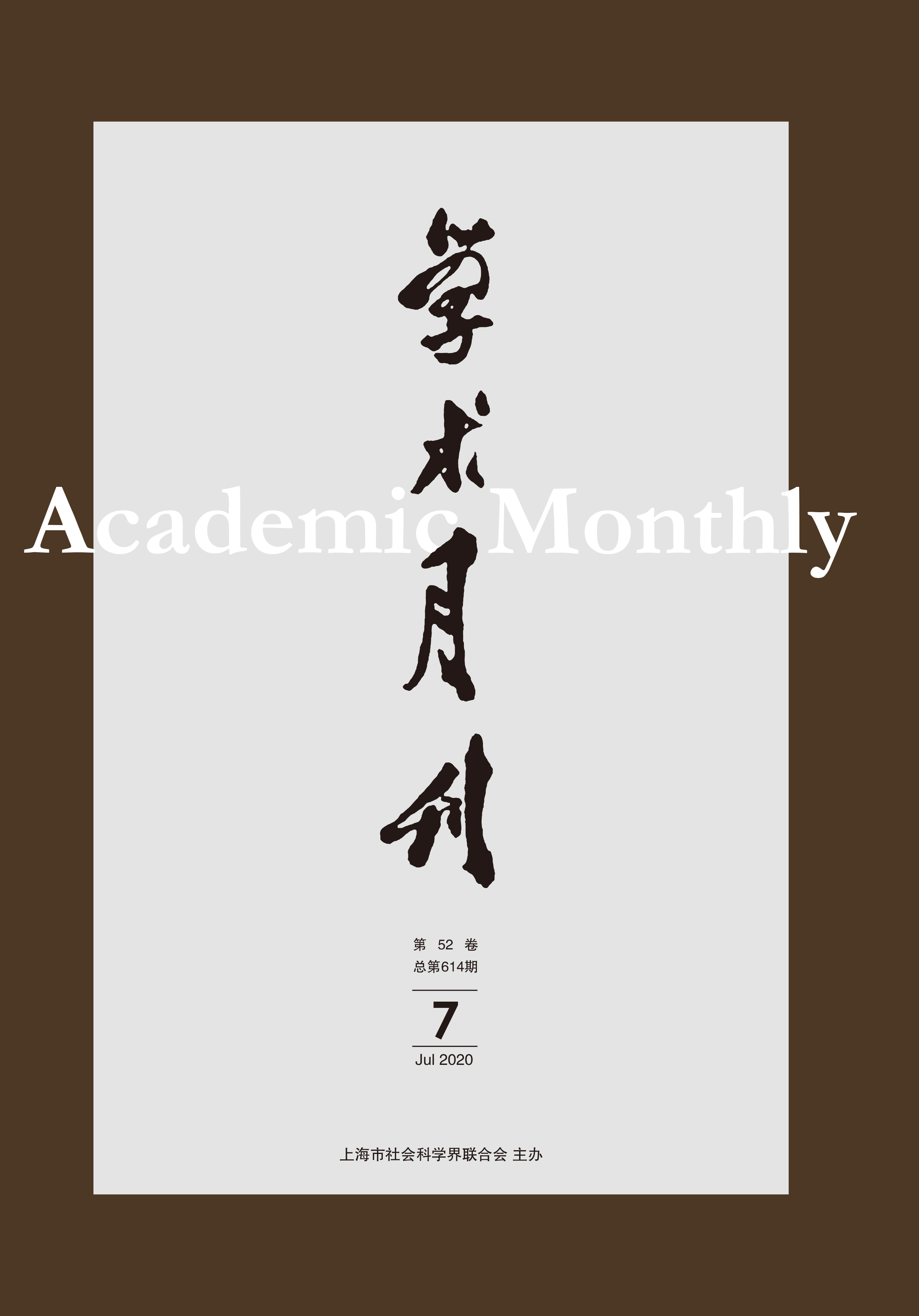Buddhist Manipulation of Luoyang’s Spatial and Temporal Landscape in the Northern Wei Dynasty
- Available Online: 2020-07-20
Abstract: Buddhism had a compelling impact on the urban landscape after being introduced into China’s cities. The impact was most distinct on the height of the landscape and the rhythm of time, since Buddhist temples and bells competed in height and sonority with ancestral biers and traditional drums. This phenomenon was especially striking in the city of Luoyang in Northern Wei Dynasty. Hu Chonghua, namely, Empress Dowager Ling, politicized the height of temples and embedded symbolic meanings in it. The height of temples became equated with the strength of power. In other words, the temples in and outside the city differed in height in agreement with the strength of power of those who patronized them. Since the highest temple, Yongning Temple, was symbolic of chakravartin, it was supplied solely by Empress Dowager Ling. With the biggest power in hand, she also patronized temples located within the city, the southern and eastern part of the city, spaces that were inundated with symbolic meanings. She also had the central axis of the city, a space valued by Confucianists, redesigned and re-planned so that on it were lavished temples and sculptured images that made it very Buddhist. The Northern Wei intended to be truly assimilated into the Han and for this purpose, when they migrated from beyond the Great Wall, they moved their capital from Shengle first to Pingcheng and then to Luoyang. However, in this process, a split occurred. On the one hand, they adopted a centralized political system. On the other, they converted themselves into the religion of Buddhism. Part of the reason was that their ruling class, especially the empresses and empress dowagers, worshipped Buddhism. Yet, this political-religious dualism didn’t disappear as they migrated southward and when the Dynasty came to an end. Instead, it was picked up by the Sui and Tang Dynasties. In this sense, the Northern Wei Dynasty played a mediating role helping to spawn and define the political and religious qualities of Sui and Tang Dynasties.



 沪公网安备 31010102003103号
沪公网安备 31010102003103号 DownLoad:
DownLoad: